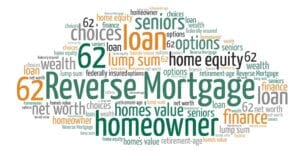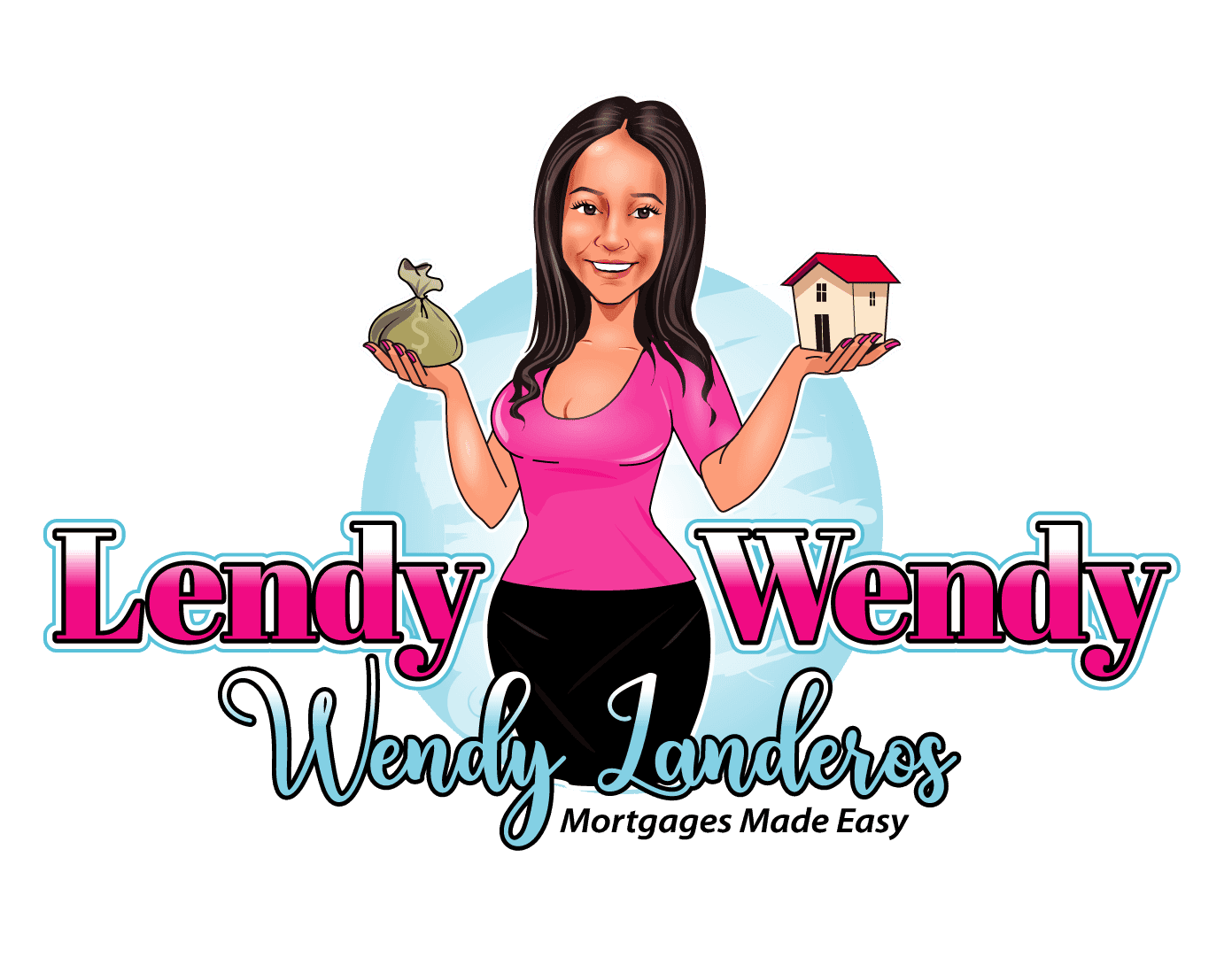When buying a home, Down Payment Assistance Programs offer financial aid for upfront costs, while Seller Concessions involve the seller covering some closing expenses. Assistance programs target moderate to low-income buyers, while concessions help in negotiations. Programs may have income and credit score requirements, unlike concessions. Assess your finances, homeownership goals, and affordability. Assistance programs reduce upfront costs but come with criteria, while concessions attract more buyers and offer flexibility. Consider the impact on your monthly payments and stability. Understanding these differences is essential for a well-informed decision that suits your needs. [Find valuable insights into each choice below.]
Key Takeaways
- Down payment assistance programs offer financial aid based on income.
- Seller concessions involve the seller covering part of the buyer’s closing costs.
- Assistance programs reduce upfront costs; concessions aid in negotiation.
- Programs target low-income buyers; concessions attract more buyers.
- Consider financial goals and eligibility criteria when choosing between the two options.
Down Payment Assistance Programs

Curious about how Down Payment Assistance Programs can help you achieve your dream of homeownership? These programs offer financial aid to prospective homebuyers who may struggle to come up with a down payment. Government grants and nonprofit organizations often administer these programs, providing assistance that can make purchasing a home more attainable.
Government grants allocated for down payment assistance help lower-income individuals and families enter the housing market by covering a portion of the upfront costs. Nonprofit organizations also play an important role by offering financial support or low-interest loans to help buyers bridge the gap between their savings and the required down payment amount.
Seller Concessions Explained

Seller concessions involve the seller of a property agreeing to cover some of the buyer’s closing costs. This can be a beneficial negotiation strategy for both parties, as it allows the buyer to reduce their out-of-pocket expenses while potentially allowing the seller to close the deal more quickly. When engaging in seller concessions, it’s important to have a clear understanding of what costs will be covered and to negotiate these terms effectively. Here are some key negotiation strategies to keep in mind:
| Negotiation Strategy | Description |
|---|---|
| Know your limits | Understand the maximum amount the seller can contribute |
| Prioritize expenses | Focus on which closing costs are most important to cover |
| Offer something in return | Consider offering the seller something of value in exchange |
| Be flexible | Remain open to compromise and finding mutually beneficial solutions |
Eligibility Criteria Comparison

When comparing eligibility criteria for down payment assistance programs and seller concessions, it’s important to understand the specific requirements set by each option. Income requirements play a vital role in determining eligibility for down payment assistance programs. These programs often target individuals or families with moderate to low incomes, and the specific income thresholds can vary depending on the program. On the other hand, seller concessions typically don’t have income requirements since they involve the seller covering a portion of the buyer’s closing costs.
Credit score needed is another key factor to take into account when looking at eligibility criteria. Down payment assistance programs may have minimum credit score requirements to qualify for their assistance. These requirements are in place to make sure that borrowers have a certain level of financial responsibility and are likely to repay the loan. Seller concessions, on the other hand, don’t typically have credit score requirements since they aren’t financial assistance programs but rather agreements between the buyer and seller.
Pros and Cons Analysis

Exploring the advantages and disadvantages of down payment assistance programs compared to seller concessions provides valuable insights for prospective homebuyers. When conducting a pros and cons analysis, it is important to weigh the benefits and drawbacks of each option to make an informed decision. Below is a comparison table outlining the pros and cons of down payment assistance programs and seller concessions:
| Down Payment Assistance Programs | Seller Concessions |
|---|---|
| – Helps buyers with limited funds | – Can attract more buyers |
| – May come with eligibility criteria | – Allows for flexibility in negotiations |
| – Can reduce upfront costs | – Seller may receive less profit |
| – Potential for lower interest rates | – Buyer may pay a higher price for the home |
| – Can be restricted to certain loan types | – Limits the seller’s net proceeds |
How to Choose Wisely

To make a wise decision between down payment assistance programs and seller concessions, carefully assess your financial situation and long-term homeownership goals. Start by making informed decisions based on your current financial considerations. Evaluate how much you can afford to put down as a down payment and how each option aligns with your budget. Consider the impact on your monthly mortgage payments and overall financial stability.
Next, think about your long-term goals for homeownership. Do you plan to stay in the home for many years, or is it a short-term investment? Understanding your future plans can help you decide which option is more beneficial in the long run.
Additionally, consider the potential drawbacks of each choice. For down payment assistance programs, you may have to meet certain criteria or pay higher interest rates. Seller concessions could lead to a higher purchase price for the home. Evaluate these factors alongside your financial situation and goals to make the best choice for your circumstances.
Frequently Asked Questions
Are There Any Restrictions on the Type of Properties That Can Be Purchased Using Down Payment Assistance Programs?
Yes, there are property eligibility restrictions when using down payment assistance programs. Certain programs may not be compatible with all property types. It’s crucial to investigate and verify the property meets the program’s criteria before proceeding.
Can Seller Concessions Be Used in Conjunction With Down Payment Assistance Programs?
Yes, seller concessions can often be used alongside down payment assistance programs. These funding options can work together to help you qualify for a home purchase. Check with your lender to understand how both can complement each other.
How Do Down Payment Assistance Programs Affect the Overall Cost of the Home in the Long Run?
When using down payment assistance programs, consider their long-term impact on homeownership costs. Analyze affordability and budget with these financing options. Understand how assistance affects the overall price of the home to make informed decisions.
Are There Any Tax Implications Associated With Using Seller Concessions or Down Payment Assistance Programs?
When using seller concessions or down payment assistance programs, be aware of potential tax implications based on eligibility. Income limits and qualifications may affect your tax situation. Consult a tax professional for personalized advice.
Can Down Payment Assistance Programs or Seller Concessions Be Used for Investment Properties or Second Homes?
You’re enthusiastic to invest in rental properties or vacation homes with a boost. Down payment assistance programs target primary residences, limiting their use for such ventures. Seller concessions, however, offer flexibility for your investment dreams.
Conclusion
So, next time you’re weighing your options between down payment assistance programs and seller concessions, remember to choose wisely. After all, who needs free money or a seller willing to help out when you can just pay full price upfront?
It’s not like saving money or getting a little extra help could benefit you in any way. Happy house hunting!






















